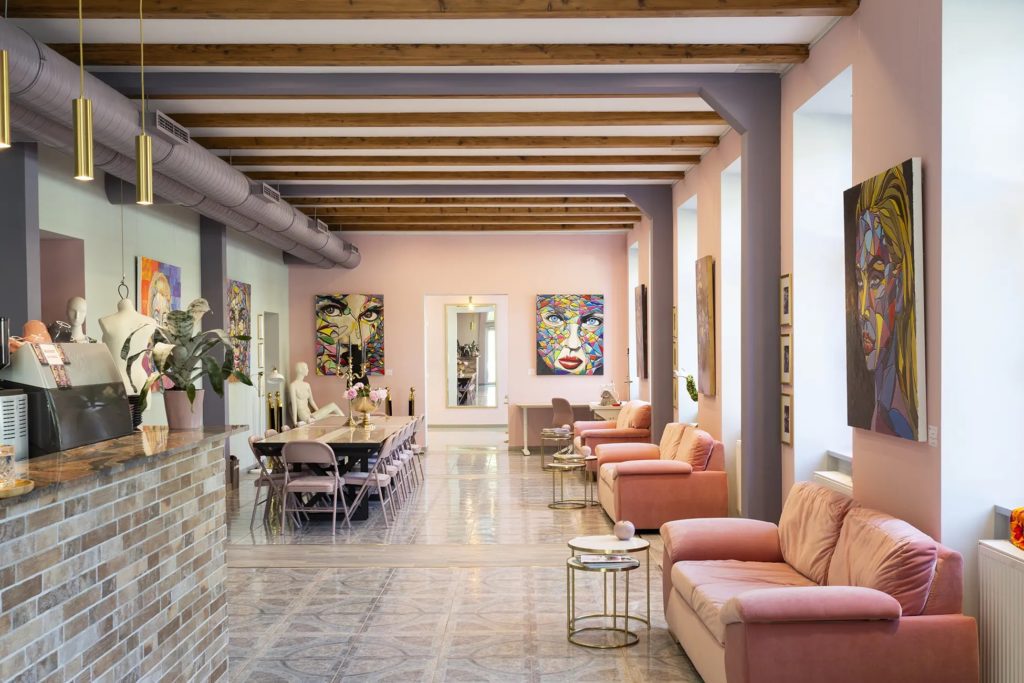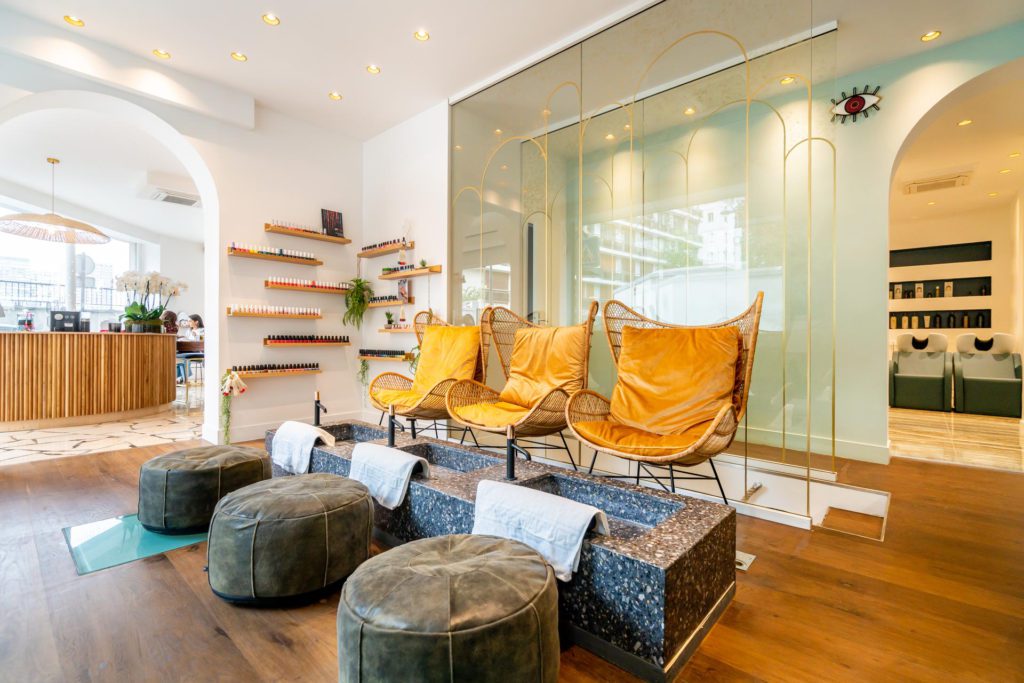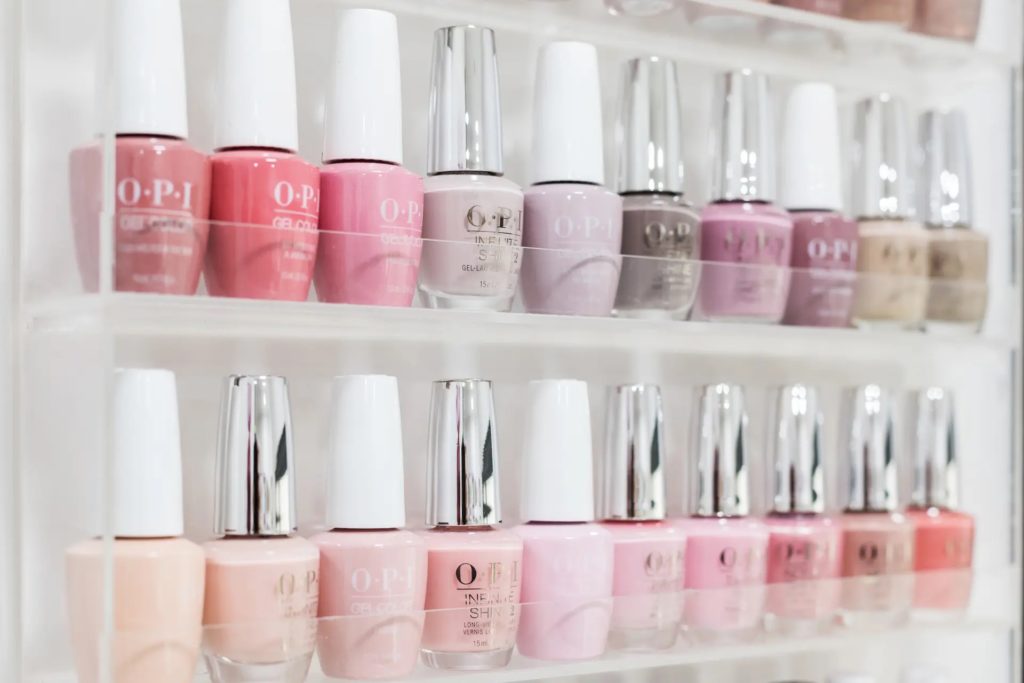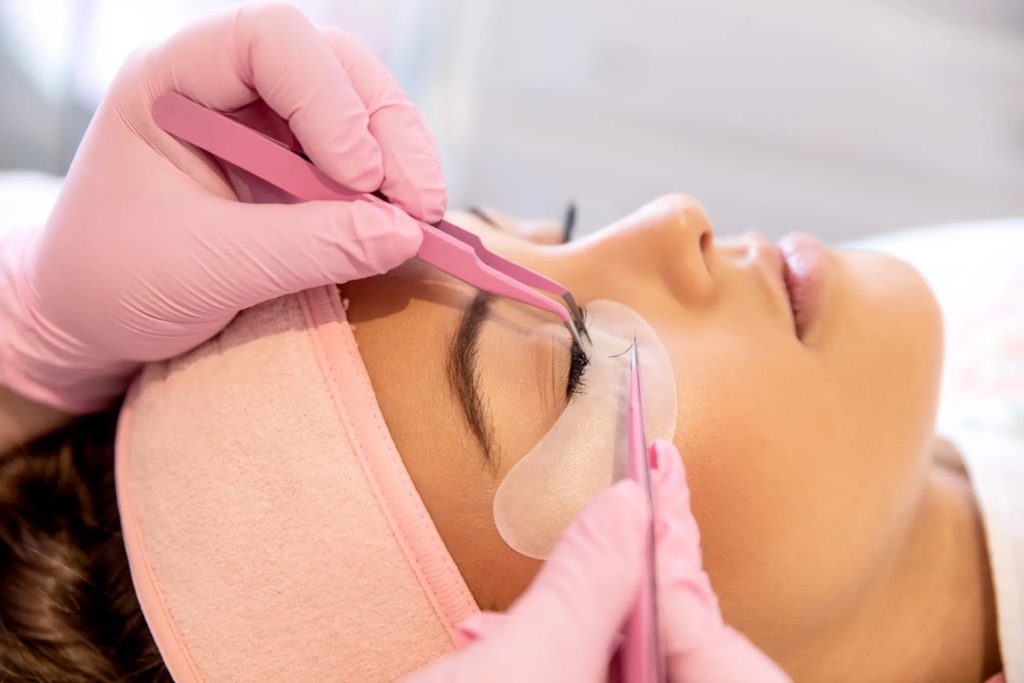In today’s world, image is everything – including when it comes to your salon. That’s why it’s so important to have some great salon photography of your hairdressers or beauty salon to showcase yourself to the world. We all love to discover new places – restaurants, hotels, cafes, and yes, salons – and whether we like to admit it or not, we often judge by looks first.
Think of it like this: would you book a holiday without seeing photos of the hotel first, or if the photos were unflattering and unprofessional? Probably not. And, whilst there are plenty of factors we take into account when looking around for salons (such as reviews, prices, and services), there’s arguably nothing that captures your potential clients’ attention more than some attractive and eye-catching photographs.
In this article, we’ve put together all of our top tips to help you get the most out of your salon photography.

What kind of photos should you use in your salon?
Some salon owners might think that photos of their work are enough to promote their businesses. But whilst these are extremely important, it’s also essential to present a more rounded view of your salon to the world through the images that you put out to the world. To do this, your photography must be varied. Note the following ideas:
- Introduce the team. This way your clients get to know the people behind the business, and also learn the specialities of each team member.
- Photos of the interior. Professional-looking, well-styles photos of the space inside your salon assure your customers that they’ll be attending a clean salon where quality is of paramount importance, and it’s also an opportunity to get your personal brand, styling, and ‘vibe’ across.
- Photos of the products used in your salon. Which products and brands do you use? Clients often like to know in advance what to expect. It also shows that you take pride in what you use.
- Showcase your salon’s vibe. Is there a good atmosphere in your salon? A welcoming and friendly atmosphere is key to customer loyalty – don’t hesitate to show it off on your salon’s social media.
By applying the above, your clients and potential clients can get a good sense of the atmosphere and professionalism of the salon. As a result, they’ll be more inclined to try your services. It often happens that salon owners strive for a high-quality salon and provide good service, but their online presence doesn’t highlight or reflect this. This can be a huge missed opportunity when it comes to attracting new customers.
Where should you use your salon photography?
You can use photography in a number of ways, across a number of platforms. Use good salon photography to personalise your website, and add an aspect of professionalism to your socials such as Facebook and Instagram.
Photos of your salon can also be published on Google My Business (as well as other useful information about your salon such as opening times and days). With Google My Business, you can upload your logo, a cover photo and snapshots of your salon and team. Always follow Google’s guidelines for uploading photos to My Business:
- The format must always be JPG or PNG.
- The photos can not be larger than 5 MB.
- The recommended minimum resolution is 720 x 720 pixels.
Regarding the quality, Google states that the photo should be sharp, well exposed, not significantly edited, and without excessive use of filters. In other words, the photos of the salon should reflect reality.

What do you need for good salon photography?
If you want to take great, professional-quality photos of your salon, there are three essential things you need.
1. Use a smartphone with a good camera (or a professional camera)
Don’t have a good digital camera? Not to worry – these days you can take great photos with most modern smartphones. Not only is a smartphone a user-friendly option, it also allows you to take your photos instantly, edit them, and publish them straight to social media and your website.
Usually, smartphones with dual/triple cameras (such as the iPhone 12 and above, and the Samsung Galaxy S20) have a telephoto and a wide-angle lens in addition to the main lens. They may be on the expensive end, but they’re much cheaper than buying a professional camera. Plus, the quality can still be great, and you probably already know someone who owns one.
If you do happen to have (or know someone who has) a DSLR camera, that’s great too.
2. Use a ring light where necessary
Lighting is the secret to the perfect photo. Whilst natural lighting is great, it can’t always be relied upon. The good news is that you can compensate for this with the use of a ring light, which will allow you to adjust the brightness to your liking.
LED ring lights usually come with a tripod and smartphone holder (which is especially useful if you have a smartphone with manual settings and want to take better photos, regardless of the lighting conditions).
3. Choose the right background for your photos
The background of a photo can make or break it. It can really put into focus the subject of the photo, as well as convey the atmosphere or theme that you want it to. Conscious use of the right background gives you the opportunity to align your photos with your salon aesthetic and style, which helps to strengthen your brand.
When it comes to taking photos of your work and products, it can be worth investing in a custom backdrop – whether that’s a flower wall, some fabric, or just a plain colour wall. Whichever you go for -your backdrop should not distract from the subject, but enhance it.

How do you take your own professional-looking photos?
So, you’ve got all the gear, now comes the tricky part – actually taking the photos. Here are our top tips to make your salon photography look as professional as possible.
1. Get inspired by the competition
Coming up with ideas for great salon photography from scratch can be difficult – especially if you’ve not had any experience with photography. Fortunately, there are plenty of places you can turn to to find inspiration. So, take a look at Instagram and Pinterest to see how other salon owners have taken photos of their businesses and work. Search for the most used hashtags in the industry, or use related keywords to find some great examples. This is a great way of generating interesting suggestions and ideas that will give you some inspo on how to create beautiful photos of your work, and anything else you want to showcase from your salon.
2. Your photos should be unique, beautiful and relevant
A quick look at the photography of other salons, will show you that the best salons often have a unique style that is reflected in all of their photos. Creating a balanced and consistent feed on social media, and aligning that with the photography and imagery you use across other platforms, makes your personal brand stronger, more competitive and easier to remember and differentiate from other salons. Essentially, it also means that you stand out in the sea of content, photos, and videos that we’re bombarded with daily.
3. Plan, plan, plan
Make sure to have a plan in place before your photography session, especially if you’re taking interior, team, or treatment photos. Ensure everyone involved is informed, and that all preparations are made well in advance before you start taking your photos. Taking pictures of certain areas? Make sure they’re clean, tidy, and organised, and consider adding some decorations or styling items to add a sense of luxury and personality to your salon. Planning on photographing your team members? Let them know well in advance, so they’ve got plenty of time to prepare.
Lighting is also important when planning your photography session. If you’re relying solely on natural light, make sure you start early (and preferably in summer, when there’s natural light for much longer). This way, you won’t run out of time – remember that things often take longer than planned. Checking the weather in advance is also a good idea. Photos with natural sunlight will turn out better than on a dark, drizzly day
4. Take photos at the right time
During opening hours, you can your team members have the opportunity to capture moments whilst working and engaging with clients. You can also take great before/after photos, treatment photos, and images that reflect the atmosphere in your salon.
However, when it comes to interior and exterior shots – your best bet is to opt for a day when the salon will be empty, so that you’ve also got some clean, accurate images of the salon itself.
Important: If you do choose to take and share photos of your clients or staff make sure to obtain their consent beforehand.
5. Other useful tips for great salon photography
To really get the very best out of your business photography, we’ve got a few more useful tips for you:
- Shoot at eye level. This way, the camera better captures the correct proportions, and you prevent any distortions. It also gives a better idea of what a room actually looks like.
- Make sure everything’s tidy and clean. This can’t be stressed enough – an unorganised or messy salon instantly seems unprofessional and can really put people off your business, so make sure you put your best foot forward.
- Experiment! Your salon photography doesn’t have to be perfect straight away, and you don’t have to be an expert to take good photos. Have an idea in mind, then experiment with techniques to achieve the best results. For example, shoot the same subject multiple times and try different angles, or shoot at different times of the day to find the ideal light or location in your salon.

Set up a specific area in your salon for everyday photo opportunities
When it comes to taking pictures of your work, it’s a good idea to have a pre-established area in your salon that you know looks good. Not only does this create a sense of cohesion across all of your photos when it comes to visuals and branding – it also saves you time figuring out the best photo set-up after each treatment. Plus, an attractive area can encourage clients to take their own photos and share them on social media, increasing your exposure to new potential clients
Before and after photos of your clients always do well on social media, so take these in your assigned area too. Again, make sure to get consent from your clients before taking or sharing photos of them.
Learn to edit your salon photography photos
Good business photography is not just about taking the photos – they also need to be edited too to really bring out the best aspects. If you’ve gone down the smartphone route, there are plenty of apps that can help you with this, such as Snapseed and Lightroom (both of which are free). Online videos can be great at helping you navigate how to use these and other apps.
Of course, there are also professional photo editing programs for your laptop or computer on which you can edit your photos, such as Adobe Photoshop (paid) and Pixlr GIMP (free).
Three things to note when editing your photos:
- Adjust the brightness. If your photo is too dark, you can lighten it slightly by playing with the brightness in a photo app or editing program. Whilst this can slightly improve how the photo looks – don’t expect miracles. If the photo was taken in an environment that’s too dark, it’s likely that no amount of editing will save it, and you may need to retake the photo.
- Focus on the subject. Avoid too many distractions in the image by cropping the photo slightly (if necessary), which puts the focus on the subject. Make sure that you don’t crop too much, and that the proportions and composition of the image still look attractive.
- Keep the photos realistic. As tempting as it may be to add a bunch of filters, try to keep editing the photos to a minimum. Editing should enhance the photo, but it should stay as close to reality as possible. For a professional result, filters aren’t necessary. Using the right equipment and light editing of the photos should suffice.


